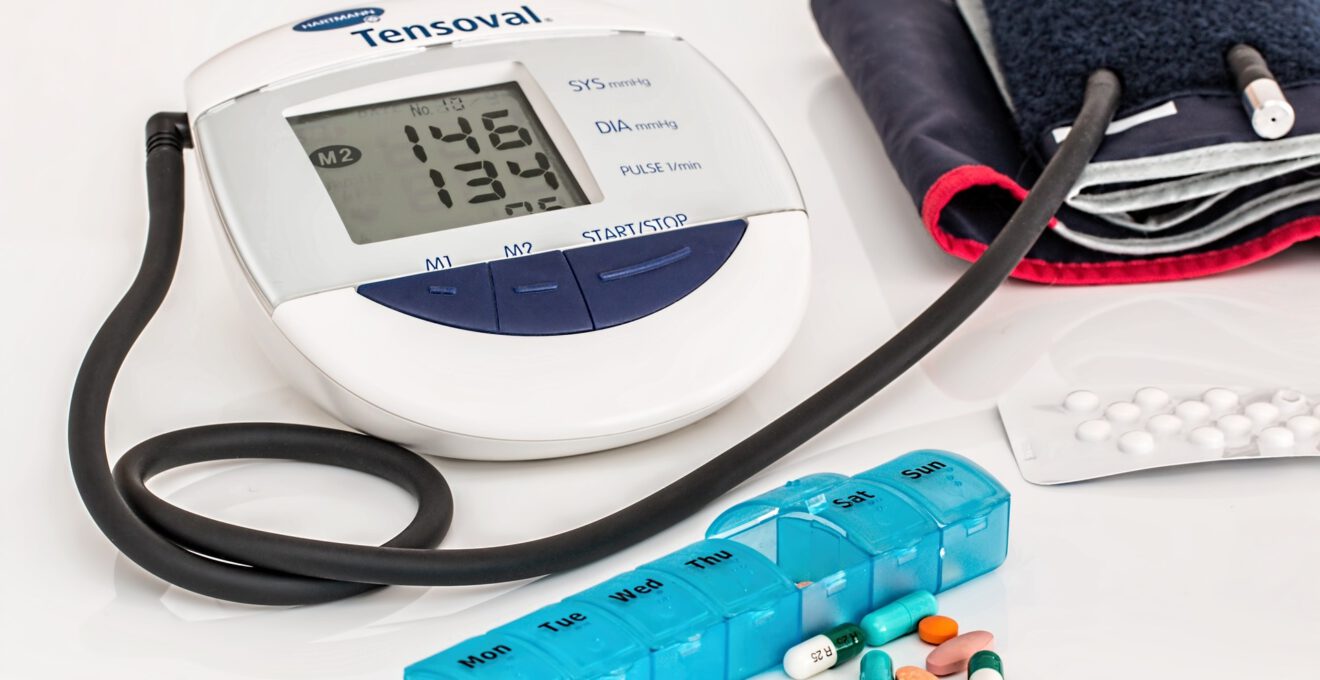This week’s most-read stories in SmartBrief for Health Care Leaders offered a lesson in the limits of price transparency as well as a look at why there are no cookie-cutter answers to patient-centered care. Other top reads included stories about the growth of Uber Health and a digital health company’s success.
Danish concrete offers US health care lesson in price transparency
Following President Donald Trump’s executive order on health care price transparency, the industry can look to Danish ready-mix concrete as an example of how it might work out. After the Danish government began requiring ready-mix concrete makers to disclose negotiated prices with customers, prices increased from 15% to 20%.
Full Story: The New York Times (tiered subscription model)
Uber Health finds niche with more than 1,000 partner deals
Three years ago, people asked what ride-share provider Uber was doing in health care, says Uber Health chief Dan Trigub, but now with more than 1,000 partners, that question may have been answered. Trigub says Uber Health increasingly has focused on Medicare and Medicaid for its medical transportation business but is starting to get more attention from commercial payers who see a return on investment for ride-share.
Full Story: Becker’s Hospital Review
CEO: Patient-centered care is a user-dependent term
Control, convenience, comfort and confidence are needed to achieve patient-centered care, but the term is user-dependent, so if targeting these four elements still does not make patients feel they are the focus of their care experience then they are not, said Reflexion Health CEO Joseph Smith. “Unfortunately, and despite best intentions, the phrase represents an aspiration that is chronically unrealized in practice,” Smith said.
Full Story: Forbes
Executive order covers health care price transparency
President Donald Trump issued an executive order calling for the creation of a rule to require disclosure of negotiated prices of common tests and services and for patients to be informed of estimated out-of-pocket costs before treatment. The insurance industry pushed back against the order, but HHS Secretary Alex Azar said it “will put patients in control by increasing choice and competition.”
Full Story: The Associated Press
Digital health company finds success tying payments to outcomes
Omada Health has seen success with a digital health business model that ties its payments to outcomes, so CEO Sean Duffy now is focused on becoming a “21st-century provider” and getting people to rely more on digital health care services instead of going to a physician office or hospital. Dan Gebremedhin at Flare Capital Partners said other digital health companies should follow the example by “putting their money where their claims are.”
Full Story: CNBC
Tom Parks is a health editor at SmartBrief who focuses on health care, leadership and nursing as well as care at the beginning and end of life. He launched and edits the SmartBrief for Health Care Leaders newsletter.
____________________________________
This “most read” feature reflects the most read items in SmartBrief for Health Care Leaders from the previous week. Sign up for SmartBrief for Health Care Leaders to get news like this in your inbox, or check out all of SmartBrief’s health care newsletters, covering health IT, news for insurers, news for providers and more.
